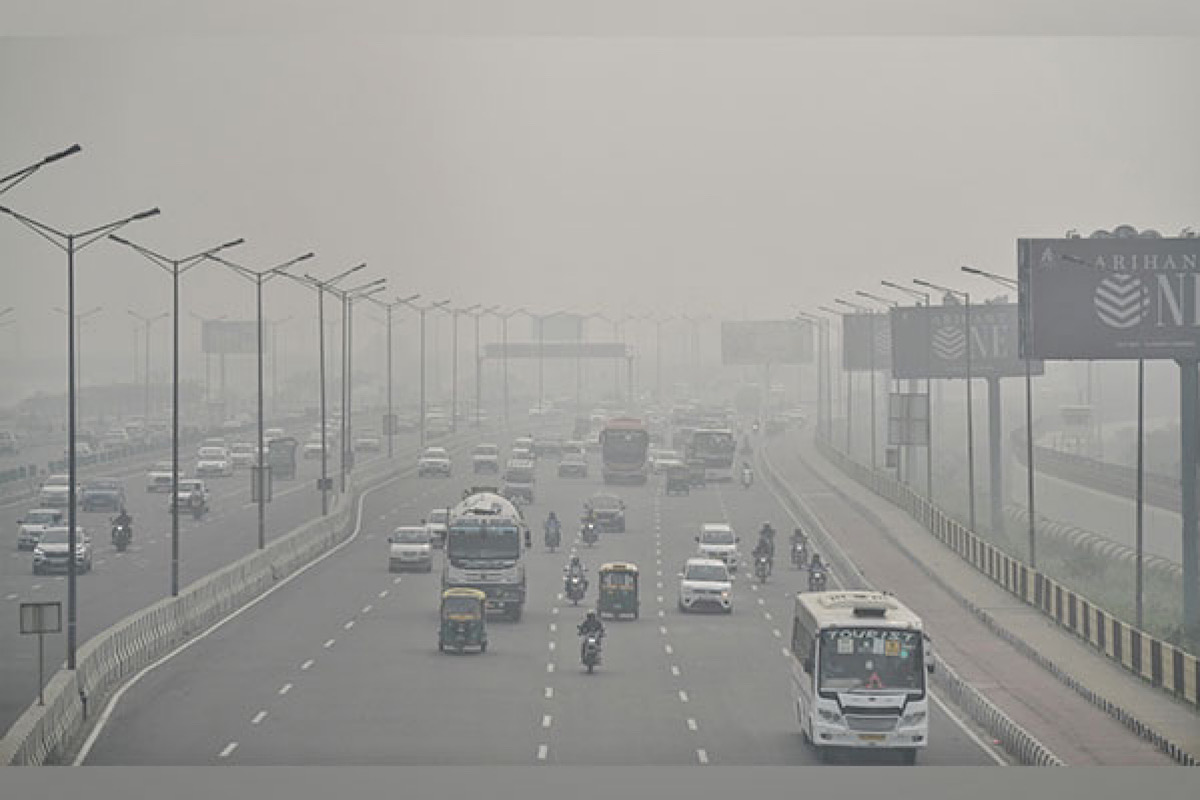Drunk riders fall off flyover in Delhi
A tragic accident occurred on Geeta Colony flyover, resulting in one fatality and another person sustaining serious injuries, police said on Sunday.
According to the pollution monitoring agency, the average AQI of Delhi stood at 382, nearing the ‘severe’ zone.

Air pollution (Photo:ANI)
National capital’s average Air Quality Index on Sunday further worsened with the increase in the index value by 66 points, reaching the upper range of the ‘very poor’ category, according to the Central Pollution Control Board’s bulletin released here.
According to the pollution monitoring agency, the average AQI of Delhi stood at 382, nearing the ‘severe’ zone.
Advertisement
On Sunday morning, a thin layer of smog covered city skies, and the AQI continued to deteriorate, while people experienced discomfort in breathing, irritation in eyes, expressing overall displeasure about the situation.
Advertisement
According to CPCB, AQI reading between 301- 400 falls under the ‘very poor’ category, while 401- 500 is the ‘severe’ zone.
By evening 4 pm, 12 areas in the city were reeling under ‘severe’ air quality, with the highest AQI reading recorded at Anand Vihar hotspot, which was 436.
The exposure to the current air quality (very poor) increases the likelihood of respiratory illness on prolonged exposure, and air in the ‘Severe’ category affects healthy people and seriously impacts those with existing diseases.
The Commission for Air Quality Management in the National Capital Region and adjoining areas is monitoring the situation, while measures under CAQM’s anti- pollution Graded Response Action Plan’s (GRAP) stages I and II are already in force.
If the situation further escalates and air turns severe, the CAQM may review the same and take steps accordingly.
In case the air quality steps into the severe zone, and remains there for a while, then the commission may think of invoking stage- III of the anti – pollution plan, which brings in further measures for pollution control.
Advertisement